 Search on WeChat
Search on WeChat Technical Training
Technical Training
The programming languages for PLCs have distinct characteristics compared to general computer languages; they are neither high-level languages nor typical assembly languages, and they must meet the requirements of being easy to write and debug.
Early PLCs only supported Ladder Diagram (LD) and Instruction List (IL) programming languages. Currently, the International Electrotechnical Commission has established five languages that support PLC programming. Today, I will briefly discuss these languages, their characteristics, and applications.
Table of Contents
1. Ladder Diagram (LD)
2. Instruction List (IL)
3. Function Block Diagram (FBD)
4. Sequential Function Chart (SFC)
5. Structured Text (ST)
1. Ladder Diagram (LD)
The Ladder Diagram language is the most commonly used programming language in PLC programming. It resembles relay circuit diagrams. Since electrical personnel are familiar with relay control, Ladder Diagram programming is widely applied.Characteristics:1. Intuitive, visual, and practical, corresponding to electrical operation principle diagrams.2. Ladder Diagram programs are similar to relay control systems, making it easy for electrical professionals to master.3. The relays used in Ladder Diagrams are implemented with soft components, making them flexible and easy to modify.
2. Instruction List (IL)
The Instruction List programming language is a mnemonic programming language similar to assembly language, consisting of operation codes and operands.Characteristics:1. Mnemonics are commonly used to represent operational functions, making them easy to remember and master.2. There is a correspondence with Ladder Diagrams, and they can be converted in PLC programming software, although some software (e.g., Mitsubishi’s GX Works2) lacks this feature.3. It is convenient to operate, as mnemonics can be represented on the keyboard of handheld programming devices, allowing programming design without a computer.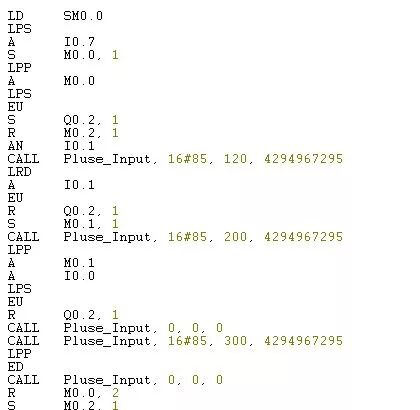
3. Function Block Diagram (FBD)
The Function Block Diagram language is a PLC programming language similar to digital logic circuits, making it easier for those with a background in digital circuits to master.Characteristics:1. Analyzing and understanding control schemes is simple and easy, using functional blocks as units.2. Functional blocks express functions graphically, providing strong intuitiveness and good operability.3. For large-scale systems, the ability of functional block diagrams to clearly express functional relationships significantly reduces programming, configuration, and debugging time.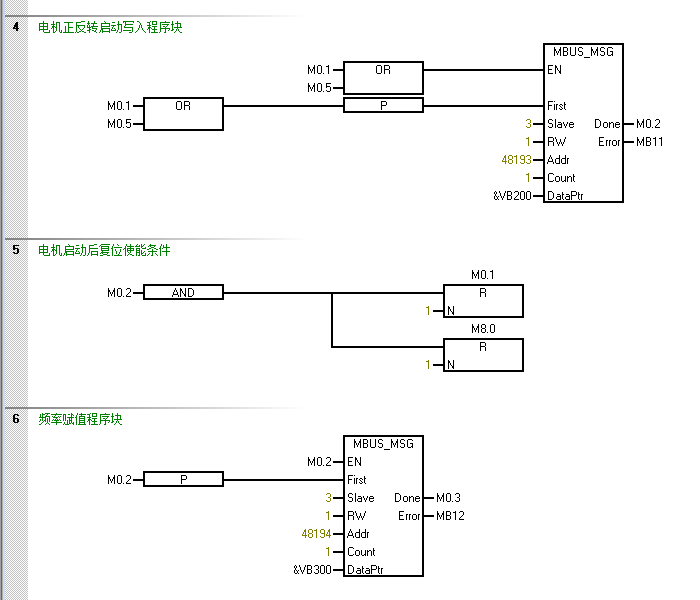
4. Sequential Function Chart (SFC)
The Sequential Function Chart language is designed for sequential logic control. It has a graphical expression method that can simply and clearly describe all phenomena in concurrent and complex systems, allowing direct programming based on models, leading to widespread application.Characteristics:1. Focused on functionality, with a clear sequence of functional processes, making it easy for users to understand the program.2. Large programs can be designed in parts, using a more flexible program structure, saving programming and debugging time.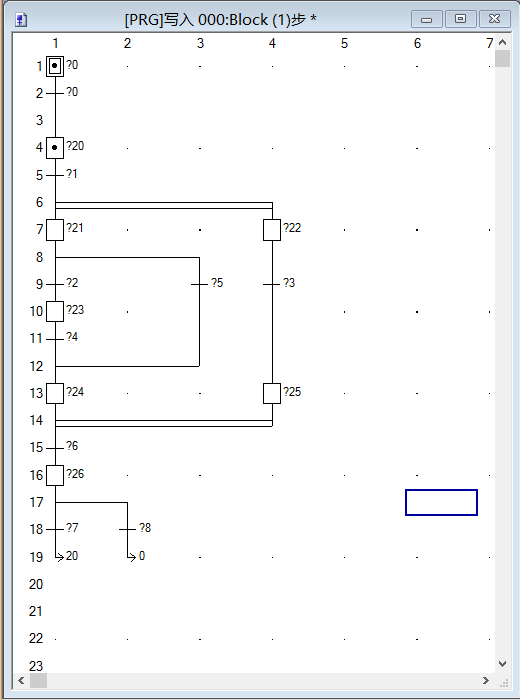
5. Structured Text (ST)
The Structured Text language describes programs using structured textual descriptions, resembling high-level programming languages. In medium to large PLC systems, Structured Text is commonly used to describe the relationships between various variables in control systems to achieve the required functions or operations.Characteristics:1. Programming is done using high-level languages, allowing for more complex control calculations.2. It requires a higher level of knowledge, necessitating familiarity with high-level computer languages and programming skills.3. Due to its lower intuitiveness and operability, it is often used for user program development where other programming languages are difficult to implement.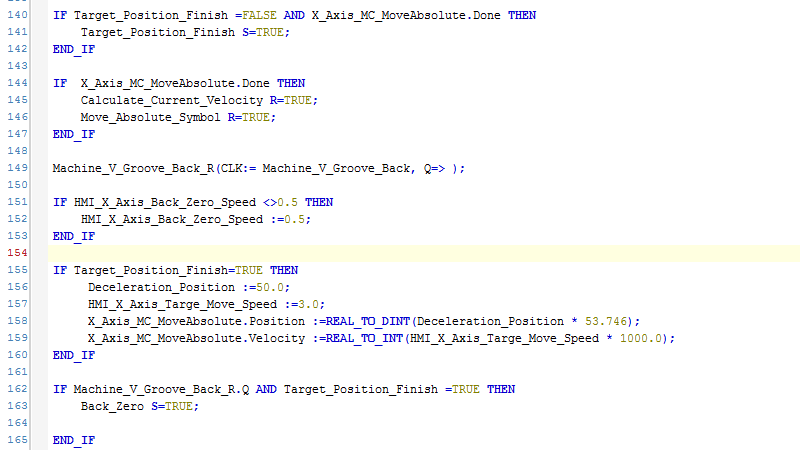 In the design of PLC control systems, different models of PLC programming software support these five programming languages to varying degrees. Therefore, it is essential to understand not only the hardware performance of the PLC but also the types of programming languages it supports.
In the design of PLC control systems, different models of PLC programming software support these five programming languages to varying degrees. Therefore, it is essential to understand not only the hardware performance of the PLC but also the types of programming languages it supports. Siemens, Mitsubishi, OmronPLC Programming available for free
Siemens, Mitsubishi, OmronPLC Programming available for free
Disclaimer: This article is reprinted from the internet, and the copyright belongs to the original author. If there are any copyright issues, please contact us for deletion. Thank you!
HISTORY/Previous Recommendations
Complete question bank for the 2022 Electrician Level 1 Exam (including answers)
Three essential tools for electricians, easily accessible via WeChat!
Collect The “Path” of a veteran electrician, the secret to earning over ten thousand a month!
Top five electrical drawing software (CAD, Eplan, CADe_simu…), which one do you pick?
Latest electrical CAD drawing software, with a detailed installation tutorial!
Latest electrical drawing software EPLAN, with a detailed installation tutorial!
Common issues for beginners using S7-200 SMART programming software (with download link)
Comprehensive electrical calculation EXCEL sheets, automatically generated! No need to ask for electrical calculations!
Bluetooth headphones, electrician/PLC introductory books available for free? Come and claim your electrical gifts!
Basic skills in PLC programming: Ladder Diagram and control circuits (with 1164 practical cases for Mitsubishi PLC)
Still can’t understand electrical diagrams? Basics of electrical diagram reading, simulation software available for quick hands-on practice!
12 free electrician video courses, 10GB of software/eBooks, and 30 days of free electrician live classes available!
Don’t forget to like + check it out!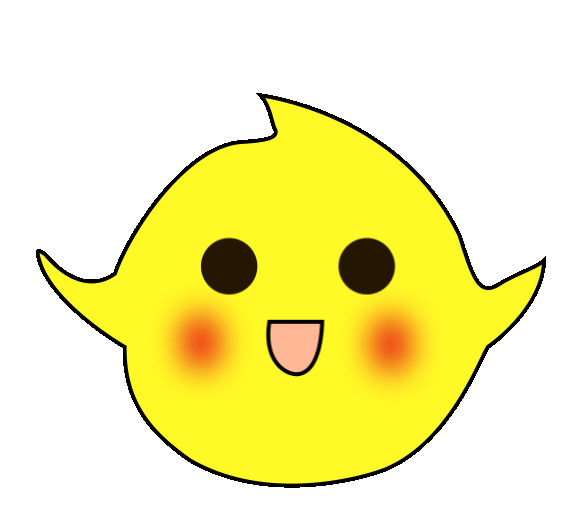
 Click “Read the Original” to learn PLC/electrician courses for free.
Click “Read the Original” to learn PLC/electrician courses for free.